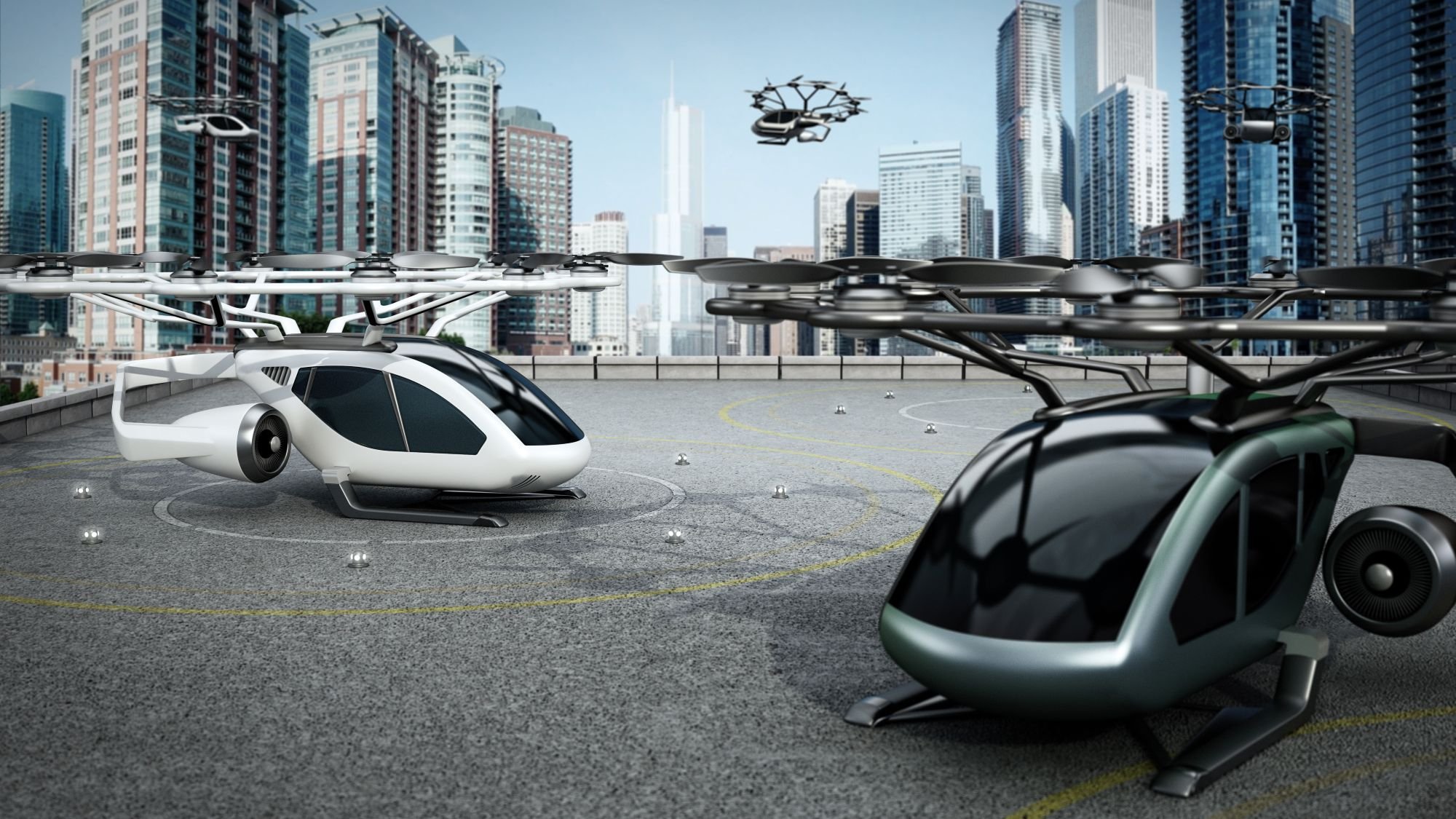Shares of Joby Aviation (JOBY 2.93%) plunged back to earth on Thursday, falling as much as 10.7%. As of 2:43 p.m. ET, the stock was still down 9.3%.
The catalyst that sent the electric vertical takeoff and landing (eVTOL) specialist lower was the company's results and a couple of bearish proclamations by Wall Street's finest.

Image source: Joby Aviation.
Show me the money
It's important to remember that Joby doesn't generate much revenue, as the company is still in the process of obtaining its Federal Aviation Administration (FAA) certification -- so its financial results were nominal. Revenue of $15,000 declined 46% year over year, while its loss per share of $0.41 declined 56%.
Joby reported progress on several fronts during the quarter:
- Commenced final assembly of the Type Inspection Authorization (TIA) aircraft that will ultimately be tested by FAA pilots to evaluate its performance and safety.
- Completed 70% of the certification requirements, while the FAA has finished 50% on its side.
- Completed 21 full transition flights in Dubai to validate its commercial readiness.
- Announced a new collaboration with L3Harris to develop a gas turbine hybrid of its existing aircraft for the defense market.
This comes on the heels of the announcements that Joby would acquire the passenger business of Blade Air Mobility and double the footprint of its production facility in California.

NYSE: JOBY
Key Data Points
Flying too close to the sun?
Analysts at H.C. Wainwright and Canaccord each downgraded Joby stock to the equivalent of hold, citing the 400% run-up in the stock price over the past year, which pushed its valuation skyward.
It's easy to understand Wall Street's misgivings. After all, the stock is currently selling for 344 times next year's expected sales, an extraordinary price to pay, particularly given Joby's lack of meaningful revenue and mounting losses.
While its eventual certification by the FAA seems likely, the company still has hurdles to clear, which include manufacturing its aircraft at scale and generating sufficient business to be profitable. This is a high-risk, high-reward proposition with the potential for a binary outcome, so investors should weigh those factors and size their positions accordingly.





